
The Arbor Day Foundation is an American 501(c)(3) nonprofit membership organization dedicated to planting trees. The Arbor Day Foundation has more than one million members and has planted more than 500 million trees in neighborhoods, communities, cities and forests throughout the world. The Foundation's stated mission is "to inspire people to plant, nurture, and celebrate trees."

Reforestation is the natural or intentional restocking of existing forests and woodlands (forestation) that have been depleted, usually through deforestation but also after clearcutting. Two important purposes of reforestation programs are for harvesting of wood or for climate change mitigation purposes.
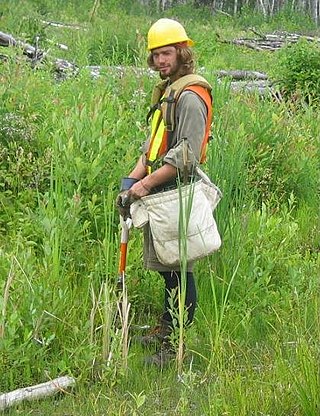
Tree planting is the process of transplanting tree seedlings, generally for forestry, land reclamation, or landscaping purposes. It differs from the transplantation of larger trees in arboriculture and from the lower-cost but slower and less reliable distribution of tree seeds. Trees contribute to their environment over long periods of time by providing oxygen, improving air quality, climate amelioration, conserving water, preserving soil, and supporting wildlife. During the process of photosynthesis, trees take in carbon dioxide and produce the oxygen we breathe.
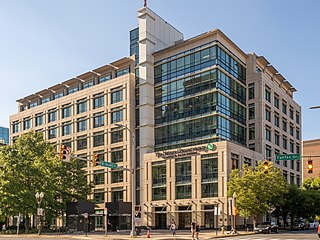
The Nature Conservancy (TNC) is a global environmental organization headquartered in Arlington, Virginia. As of 2021, it works via affiliates or branches in 79 countries and territories, as well as across every state in the US.
The Green Belt Movement (GBM) is an indigenous grassroots organization in Kenya that empowers women through the planting of trees. It is one of the most effective and well-known grassroots organisations addressing the problem of global deforestation. Professor Wangari Maathai established the organization in 1977 under the auspices of the National Council of Women of Kenya (NCWK). GBM's successes in forest conservation, education, and women's economic empowerment have gained the organisation worldwide acclaim. It is also noted for its advocacy of human rights, democratisation of access to public lands, and environmental justice issues such as the role of women's traditional ecological knowledge in addressing environmental degradation and desertification.

Afforestation is the establishment of a forest or stand of trees (forestation) in an area where there was no recent tree cover. In comparison, reforestation means re-establishing forest that have either been cut down or lost due to natural causes, such as fire, storm, etc. There are three types of afforestation: natural regeneration, agroforestry, commercial plantations. There are several benefits from afforestation such as carbon sequestration, increasing rainfall, prevention of topsoil erosion, flood and landslide mitigation, barriers against high winds, shelter for wildlife, employment and alternative sources of wood products.

Farmer-managed natural regeneration (FMNR) is a low-cost, sustainable land restoration technique used to combat poverty and hunger amongst poor subsistence farmers in developing countries by increasing food and timber production, and resilience to climate extremes. It involves the systematic regeneration and management of trees and shrubs from tree stumps, roots and seeds. FMNR was developed by the Australian agricultural economist Tony Rinaudo in the 1980s in West Africa. The background and development are described in Rinaudo's book The Forest Underground.
Stephen P. Mugar was the founder of the Star Market chain of supermarkets in New England. He was also a philanthropist and the most prominent member of the Mugar family of Greater Boston.

Community forestry is an evolving branch of forestry whereby the local community plays a significant role in forest management and land use decision making by themselves in the facilitating support of government as well as change agents. It involves the participation and collaboration of various stakeholders including community, government and non-governmental organisations (NGOs). The level of involvement of each of these groups is dependent on the specific community forest project, the management system in use and the region. It gained prominence in the mid-1970s and examples of community forestry can now be seen in many countries including Nepal, Indonesia, Korea, Brazil, India and North America.

Tampa Bay Reforestation and Environmental Effort, Inc. more commonly known as "T.R.E.E. Inc.", was a grassroots nonprofit environmental organization was based out of the Tampa Bay Area. It promoted the practice of volunteers raising and then planting trees along the interstates, roadways, and parks of the greater Tampa Bay Area to beautify and preserve the environment. Over its 40-year existence, T.R.E.E. Inc. planted over 31,181 trees and palms.
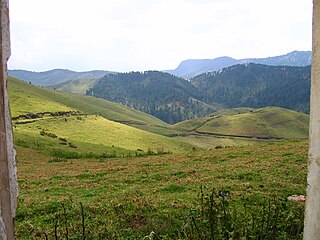
Gishwati Forest is a forest in the north-western part of Rwanda, not far from Lake Kivu. It is part of Gishwati–Mukura National Park. The area's forests were largely intact in 1978, and substantial forest cover still remained in 1986. During the Rwandan genocide, wave after wave of refugees arrived in Gishwati Forest and began clearing it, often for subsistence farming. By 2001, only a small circular patch of native forest remained, 1,500 acres (6.1 km2) of the forest's original 250,000. In addition to tremendous loss of biodiversity, the region experiences soil erosion and degradation and landslides. Reforestation efforts in the past few years have increased the remnant native forest to about 2,500 acres (10 km2). Large tea estates occupy the central and northern parts of the reserve.

The Plant A Tree Today Foundation (PATT) is a non-governmental environmental organization with primary operations in the United Kingdom and Thailand. Established in 2005, PATT attempts to raise environmental awareness and foster better practices in less developed nations around the world, planting trees as a means to combat deforestation and climate change. Planting tree help to reforest cleared land. Planting of trees also plays a role in climate change adaptation.
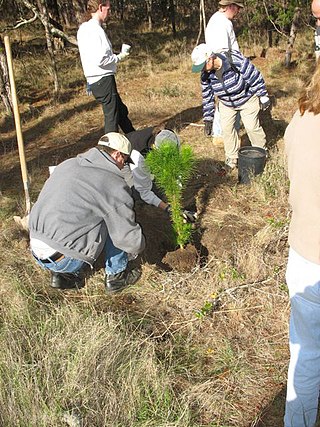
Urban reforestation is the practice of planting trees, typically on a large scale, in urban environments. It may also include urban horticulture and urban farming.

Forest conservation is the practice of planning and maintaining forested areas for the benefit and sustainability of future generations. Forest conservation involves the upkeep of the natural resources within a forest that are beneficial for both humans and the ecosystem. Forests provide wildlife with a suitable habitat for living which allows the ecosystem to be biodiverse and benefit other natural processes. Forests also filter groundwater and prevent runoff keeping water safe for human consumption. There are many types of forests to consider and various techniques to preserve them. Of the types of forests in the United States, they each face specific threats. But, there are various techniques to implement that will protect and preserve them.

Futuro Forestal S.A. is a German-Panamanian reforestation company that operates in Latin America. Established in 1994 in Panama, it is headquartered in Panama City. Futuro Forestal focuses on impact investment management in the tropical forestry industry. To date, the company has planted over 8,000 hectares of teak and mixed hardwood plantations on deforested pastureland, often under the Forest Stewardship Council (FSC) standard.
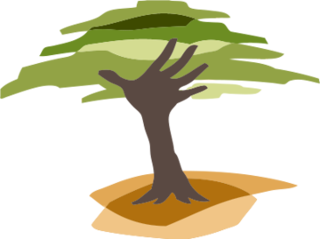
Eden Reforestation Projects (Eden) is a nonprofit NGO that works in developing countries to rebuild natural landscapes destroyed by deforestation. Eden works directly with communities experiencing extreme poverty resulting from the deforestation and destruction of the land that sustains them. The organization employs thousands of local community members and provides them with the education and tools necessary to plant, grow, and protect to maturity, millions of trees each year. Eden currently plants approximately 15 million trees a month, and in 2020 reached over 423 million trees planted of which over 225 million are mangrove trees.
Sadhana Forest is an international volunteer-based not-for-profit organization that aims to teach local citizens and volunteers about environmental renewal and sustainable living. In 2003, Yorit and Aviram Rozin started Sadhana Forest in Auroville, India. The project also targets reforestation and water conservation in two other rural locations: Anse-à-Pitres, Haiti, and Samburu, Kenya. Sadhana Forest works as a long-term sustainable development project.
Greenvein is a Nonprofit organization in India for planting and protecting trees. Its vision is to reduce global warming and implement reforestation programs. The motto of the organization is to propagate a culture of planting and protecting trees and make it part of our day-to-day activity rather than a ritualistic and symbolic process.
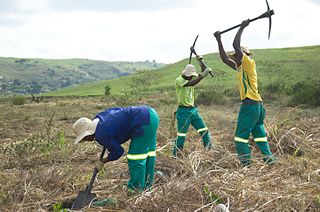
The Buffelsdraai Landfill Site Community Reforestation Project (BLSCRP) was initiated in 2008 to alleviate climate change impacts associated with hosting elements of the 2010 FIFA World Cup in Durban. The proposed carbon offset was to be achieved through the planting of more than 500 000 indigenous trees within the buffer zone of the Buffelsdraai Landfill Site. Restoring the forest ecosystem was identified as a way of "absorbing event-related greenhouse gas emissions while enhancing the capacity of people and biodiversity to adapt to the inevitable effects of climate change".
Carolyn Mugar is an Armenian-American activist, best known for founding the Armenia Tree Project. She is a prominent member of the Mugar family of Greater Boston.

















